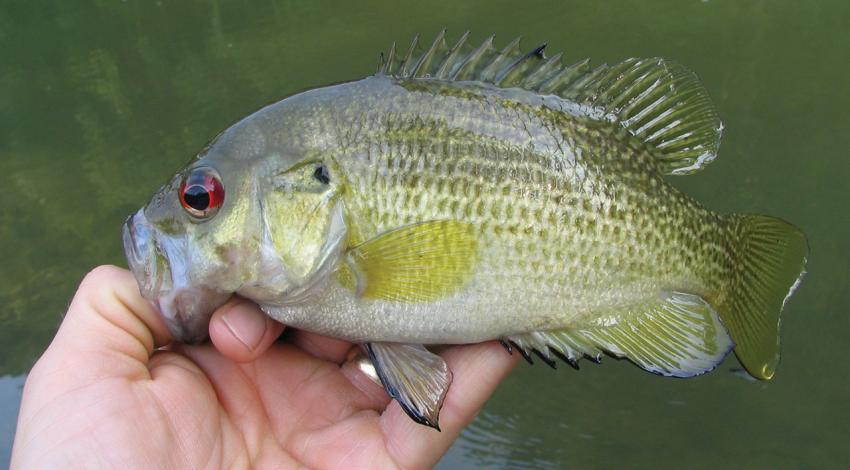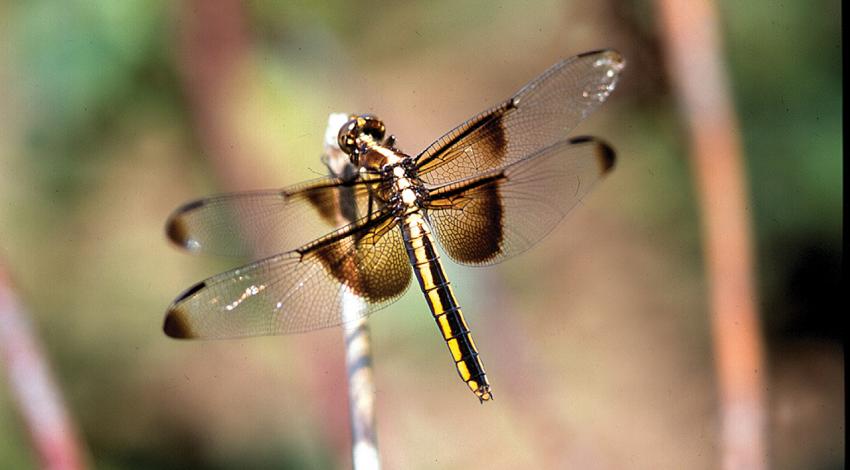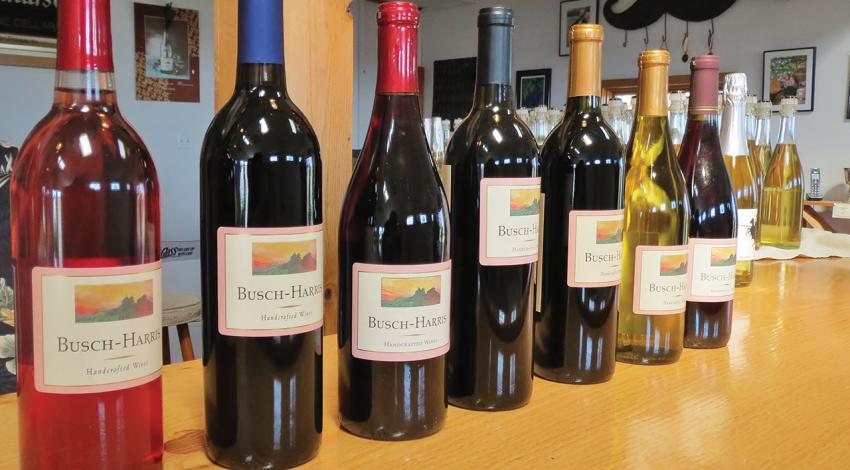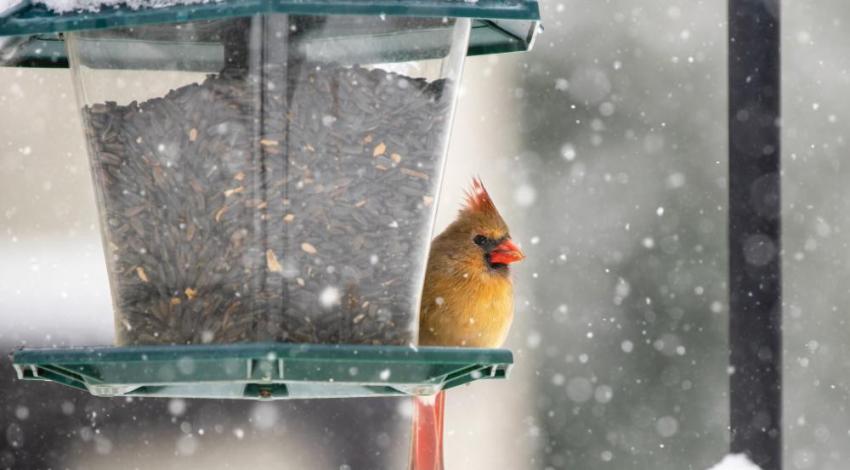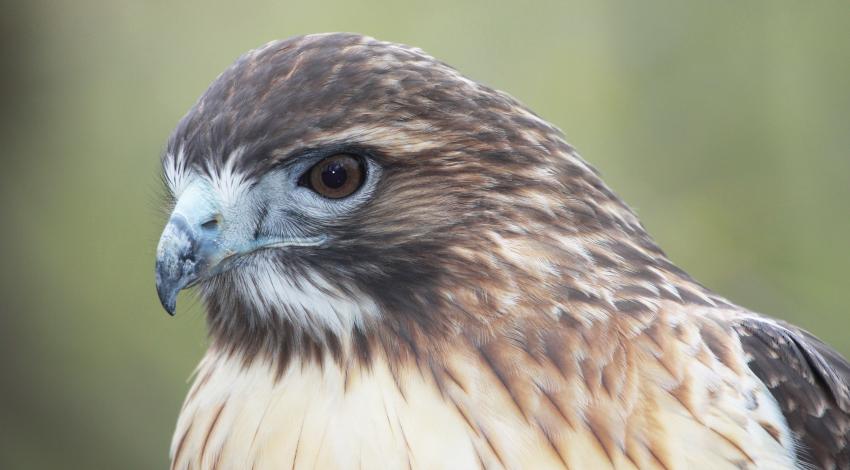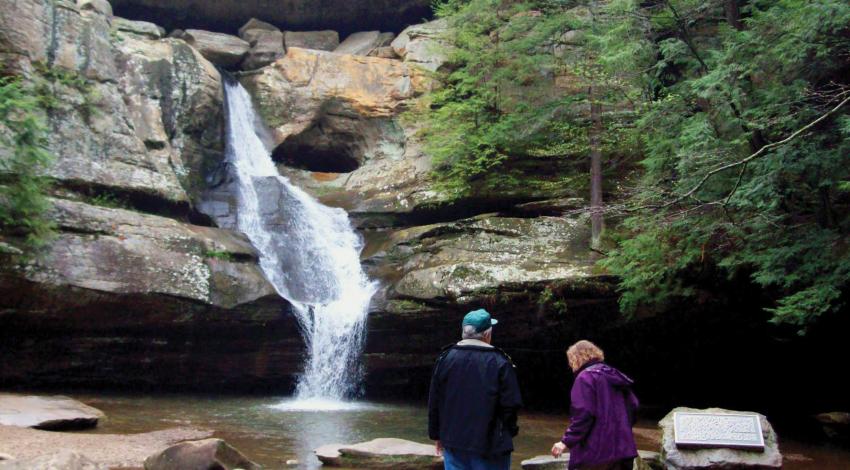Greeted by four rescue dogs as I walk toward the 19th-century farmhouse in rural Licking County, I know their barks are more of an announcement than a warning. Once in the yard, the welcoming committee swells to include several turkeys, ducks, chickens, geese, and guineas before farm owners Jeff Wince and Chad Snelling open the door of their 1823 home and invite me in.
Features
The Ohio’s Electric Cooperatives Education Center at the 2016 Farm Science Review introduced several popular new attractions. So what’s the best way to follow that up?
“It seemed like everything there was such a hit, we’re going to do them again,” says Janet Rehberg, OEC’s director of marketing. “People loved the Kids’ Zone, so we’ll have more of that, and the ‘Be a Lineman’ area was crowded the whole time, so we’ll keep that, too. We also have a few new displays in our area that I think people will really enjoy and get a lot out of.”
When Geauga Park District Naturalist Chris Mentrek is stargazing at Observatory Park, one of his favorite sights is the Summer Triangle. “The Milky Way stripe goes right through the triangle,” says Mentrek, “and Altair, Deneb, and Vega form its corners. They’re three of the brightest stars and are also points in the constellations Aquila, Cygnus, and Lyra.”
Ohio is one of only three states that does not recognize a state fish, but if ever our lawmakers should decide to name one, there’s but a short list of great candidates: the yellow perch, for example, or the Ohio Muskie. A particularly strong case, however, could be made for the smallmouth bass — the gamest fish that swims.
If a leisurely, relaxing train ride, combined with watching wildlife — particularly bald eagles — sounds like fun, you might want to head east to Romney, West Virginia, where, in the spring, summer and fall each year, the trains of the Potomac Eagle Scenic Railroad leave Wappocomo Station for a three-hour, 35-mile round-trip deep into the mountains.
The tracks parallel the south fork of the Potomac River, and the highlight of the trip is a wild stretch of stream where eagles soar.
Dragonflies have long been considered a sign of good luck — and it seems with good reason. Much like hummingbirds, dragonflies are quite agile. They can fly both forward and backward with lightning speed, and can hover, dart, or change direction with ease. That aerial agility makes dragonflies highly efficient carnivores, with voracious appetites that help keep fly, gnat, and mosquito populations in check. They have even been known to snatch winged termites as they fly out of the ground.
Casey Longshore and his family are on a mission to improve soil quality at their Delaware County farm. Protecting drinking water by preventing runoff and nutrient losses at the farm are a high priority. In 2015, the Delaware Soil and Water Conservation District named the Longshores the Conservation Cooperators of the Year.
“We’d like not to be the bad guy,” Longshore says, referring to evidence that certain farming practices have led to water quality problems in Ohio waterways.
When the Directors Guild of America recently presented a Lifetime Achievement Award to Ridley Scott, the Hollywood banquet featured wines from Ohio’s Ravenhurst Champagne Cellars.
Shipping Ohio wines to California may seem counterintuitive, but for Ravenhurst vintner Chuck Harris, the Guild’s order acknowledged that he and his wife, Nina Busch, produce premium estate wines amid Union and Hardin counties’ farm fields near Mt. Victory. “It shows that great wine is great wine regardless of where it comes from,” he says.



